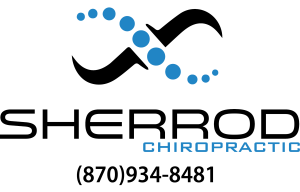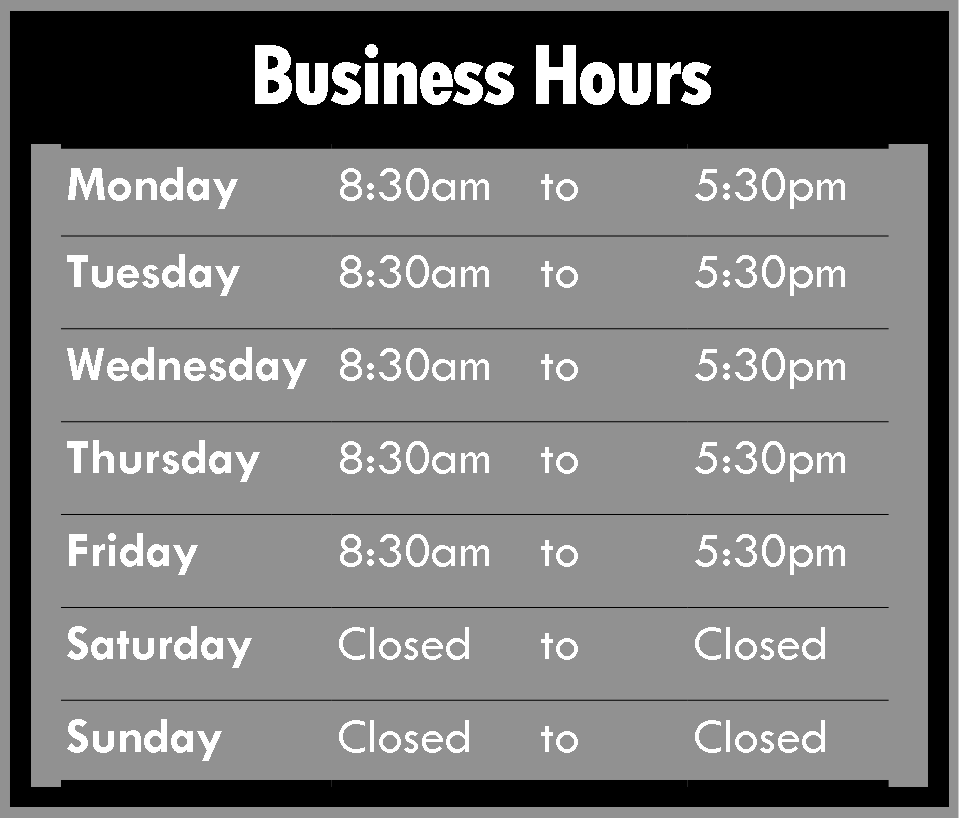Temporomandibular Joint Disorder: TMD
 Do you ever experience pain when chewing or opening your mouth to yawn? Does your jaw ever make loud noises or get locked open? If so, you could be suffering from temporomandibular joint disorder, or TMD.
Do you ever experience pain when chewing or opening your mouth to yawn? Does your jaw ever make loud noises or get locked open? If so, you could be suffering from temporomandibular joint disorder, or TMD.
What Is TMD?
TMD is a group of conditions, often painful, that affect the jaw joint. Signs may include:
- Radiating pain in the face, neck or shoulders
- Limited movement or locking of the jaw
- Painful clicking or grating when opening or closing the mouth
- A significant change in the way the upper and lower teeth fit together
- Headaches, earaches, dizziness, hearing problems and difficulty swallowing
For most people, the pain or discomfort is temporary, often occurs in cycles, and resolves once they stop moving the area. Some people with TMD pain, however, can develop chronic symptoms.
What Causes TMD?
- Severe injury to the jaw is a leading cause of TMD. Anything from a hit in the jaw during a sporting activity to chewing gum excessively or chewing on one side of the mouth too frequently may cause TMD.
- Clenching the teeth during times of psychological stress can be a major factor in the TMD.
- Sitting in a dentist’s chair for several hours with the mouth wide open may have contributed to TMD in the past. Now, in addition to taking breaks while they do dental work, dentists also screen patients for any weaknesses in the jaw structure.
- Women experience TMD four times as often as men. Several factors may contribute to this higher ratio, including prolonged sitting in the workplace, general posture and higher heels.
TMD Diagnosis and Treatment
- To help diagnose or rule out TMD, your doctor of chiropractic may ask you to put three fingers in your mouth and bite down on them, or to open and close your mouth and chew repeatedly while the doctor monitors the dimensions of the jaw joint and the muscle balance.
- Sometimes special imaging, an X-ray or an MRI may be needed to help confirm the diagnosis.
- If you have TMD, your doctor may recommend chiropractic manipulation, massage, applying heat or ice and special exercises.
- If your doctor of chiropractic feels that you need special appliances or splints, he or she will refer you to a dentist or orthodontist for co-management.
- In addition to treatment, your doctor of chiropractic can teach you how to:
o Apply heat and ice to lessen the pain. Ice is recommended shortly after the injury or the onset of pain. Later, you need to switch to heat, especially if you
are still experiencing discomfort.
o Avoid harmful joint movements, such as biting into a hard apple or candy or eating giant sandwiches, which may have a destabilizing effect on the jaw.
o Perform TMD-specific exercises. Depending on your condition, your DC may recommend stretching or strengthening exercises. Stretching helps to
loosen tight muscles and strengthening helps to tighten muscles that have become loose. - In some cases, TMD may not respond to a conservative approach—for example, when there is a disc problem in the joint itself—and may require dental treatment or surgery. Remember, however, that surgery and other irreversible treatments should be considered as a last resort. According to the National Institutes of Health, certain irreversible treatments, such as surgical replacement of jaw joints with artificial implants, may cause severe pain and permanent jaw damage.




